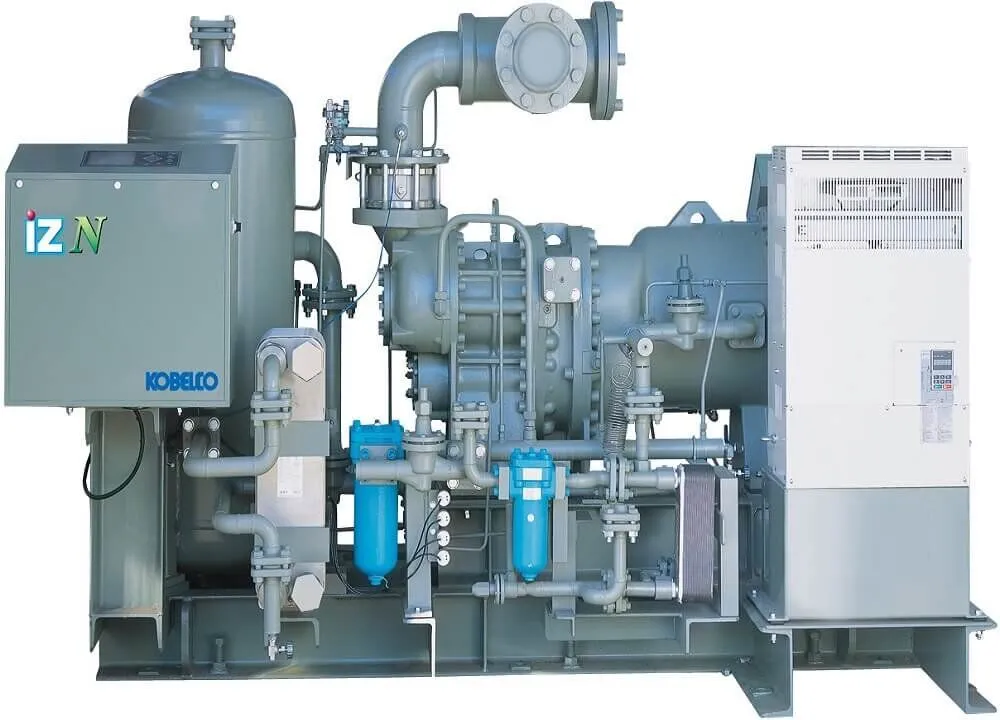Specifications for Factory Blast Freezer Performance and Efficiency Requirements
Understanding Blast Freezer Specifications for Factories
Blast freezers are essential equipment in various industries, particularly those involved in food processing, pharmaceuticals, and biotechnology. These units are designed to rapidly lower the temperature of products, preserving their quality and extending shelf life. Understanding the specifications of blast freezers is crucial for factories seeking optimal performance and efficiency.
Temperature Range
One of the primary specifications to consider is the temperature range. Most blast freezers are capable of achieving temperatures as low as -40°C (-40°F) or even lower. This rapid freezing process is essential for ensuring the crystallization of ice within products is minimized, which helps maintain texture and nutritional value, particularly in food items.
Freezing Capacity
Another critical factor is the freezing capacity, which is usually measured in kilograms per hour (kg/h). This specification indicates how much product can be frozen in a specified time frame. Factories must assess their production needs to select a blast freezer that can accommodate their volume without causing delays in the workflow.
Airflow and Design
blast freezer specifications factories

Airflow design significantly impacts the efficiency and effectiveness of a blast freezer. Manufacturers typically utilize forced air circulation, which ensures uniform temperature distribution throughout the chamber. This design prevents hotspots and ensures that all products reach the desired low temperature promptly. Some models might also feature adjustable airflow settings, allowing customization based on product type and size.
Energy Efficiency
As energy costs continue to rise, many factories are prioritizing energy-efficient models. Advanced blast freezers are now equipped with technologies such as variable speed compressors, which adapt to the load, thereby reducing electricity consumption. Investing in energy-efficient equipment not only lowers operating costs but also meets environmental standards.
Control Systems
Modern blast freezers come with sophisticated control systems that enable precise temperature management and monitoring. Digital displays and programmable settings allow operators to set specific freezing protocols, ensuring consistency and reliability in the freezing process. Additionally, alarms and alerts can warn users of any malfunctions, helping maintain the integrity of stored products.
Conclusion
For factories looking to invest in a blast freezer, understanding the specifications is paramount. Factors such as temperature range, freezing capacity, airflow design, energy efficiency, and control systems all play critical roles in ensuring the equipment meets production demands. By carefully evaluating these specifications, companies can optimize their freezing processes and ultimately enhance product quality and operational efficiency.
















































































































